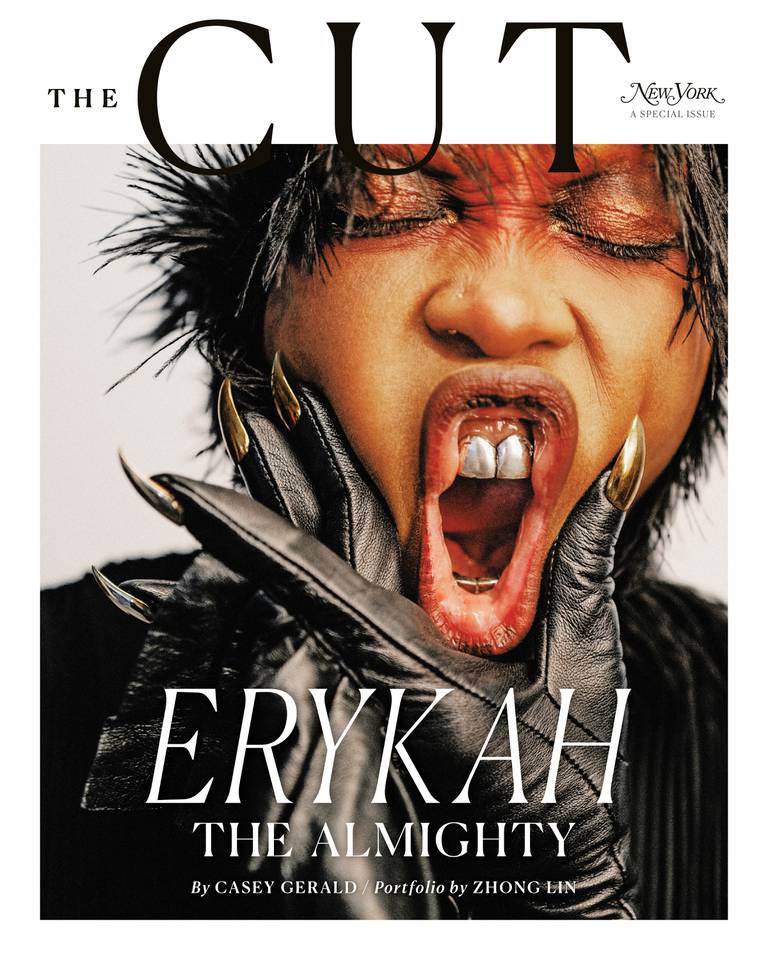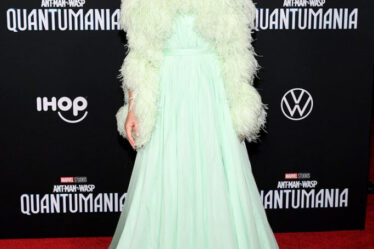
Lindsay Peoples has spent the last two plus years implementing her vision for The Cut.
That was, in essence, to make The Cut a more diverse publication, one that was “more inclusive of different perspectives,” not just in the content it publishes, but also in how it operates internally, she told BoF in an August 2021 interview, about eight months after her appointment as editor-in-chief of New York Magazine’s fashion vertical.
But the stakes have changed since Peoples took the top job. In early 2021, the racial justice movement was at a high water mark. Companies were in the middle of rolling out ambitious diversity and inclusion efforts, while organisations like the Fifteen Percent Pledge put pressure on the fashion industry to support Black-owned brands and increase representation in media.
Two years on, and the issues that dominated the discourse starting in the summer of 2020 are in the headlines less frequently. Newly-appointed chief diversity officers found themselves without resources to enact change; the Supreme Court’s striking down of affirmative action in higher education unleashed a wave of attacks on corporate diversity initiatives by conservative activists.
Peoples has seen the shift in the fashion and media industries, and believes that may in part be because companies and executives perhaps “aren’t getting as much credit as they would want for doing what they should… to be decent human beings.”
“Momentum has definitely died down because fashion really does its best work when it’s under pressure, and unless people are having some tough conversations, they don’t really like to have to bring up anything that they would deem slightly uncomfortable,” she added. “A lot of times, brands are just trying to do something on the surface that looks good to people without actually getting to the root of the issue.”
With The Cut, Peoples wants to keep pushing the conversation forward. Since her appointment, the publication has tackled topics like the murder of Jordan Neely, trans rights in Missouri and the stigma around gastric sleeve surgery. It did a deep dive into the often troubled behind-the-scenes operations at Pyer Moss, which rose to prominence thanks in part to founder Kerby Jean-Raymond’s use of his platform to spotlight racism Black people face in the US. It’s profiled figures like Meghan Markle, the Duchess of Sussex, stylist Law Roach (nabbing his first interview after he announced his retirement on Instagram), Savannah James (wife of LeBron) and dedicated an entire issue to women in hip-hop.
This week, The Cut published its annual September fashion issue, covered by musician Erykah Badu. It includes a feature on the link between hair relaxing products historically used by Black women and cancer, as well as a feature on transgender content creator Dylan Mulvaney, who became something of a lightning rod in the political discourse this year after she took on a paid partnership with Bud Light, and an interview with J.Crew creative director-turned-Real Housewife Jenna Lyons.
What she thinks makes her approach distinct to The Cut’s competitors, she said, is that the gives writers, she said, a “lot of runway to have a voice and an opinion,” and has made sharpening The Cut’s tone — long known for its balance of smart and snark — a priority.
“It’s never been about checking a certain box, it’s a holistic point of view that you really have to adapt to… we spend a lot of time saying ‘Okay, so if we say this is cool, what does that actually mean?” she said.
Internally, too, she’s made changes. The majority of The Cut’s staff today are Peoples’ hires. Several longtime employees, including executive editor Melissa Dahl, deputy style editor Izzy Grinspan and beauty director Kathleen Hou, left relatively early on in her tenure. She’s since hired Joanna Nikas from The New York Times as deputy style editor, Marie Claire veteran Jen Ortiz as deputy editor and Brooke Marine from W as deputy culture editor.
Peoples said that in her second go-round as an editor-in-chief — she previously held the role at Teen Vogue — she feels more at home in the role, knowing there are inevitable bumps along the way.
“I do feel like I’m really settled into the role, but also just settled into the purpose of the magazine and where we want to go with it,” she said. “Cultivating a team obviously takes time and building a brand takes time. I don’t ever claim that this work is easy.”
Looking ahead, when it comes to content and internal operations, Peoples said her goal is to tune out the noise, focussing not on what competitors are doing, but her own vision for the publication. In the near-term, priorities include further building out the publication’s culture coverage, and expanding the experiential side of its business — this week, it hosted its first New York Fashion Week party since 2015, at private members’ club Maxwell Social in Tribeca, for about 150 guests.
“We’re just going to keep pushing forward,” she said. “But I think it’s also that we’re really focused on not necessarily the popularity of it, but the impact that we’re having.”



